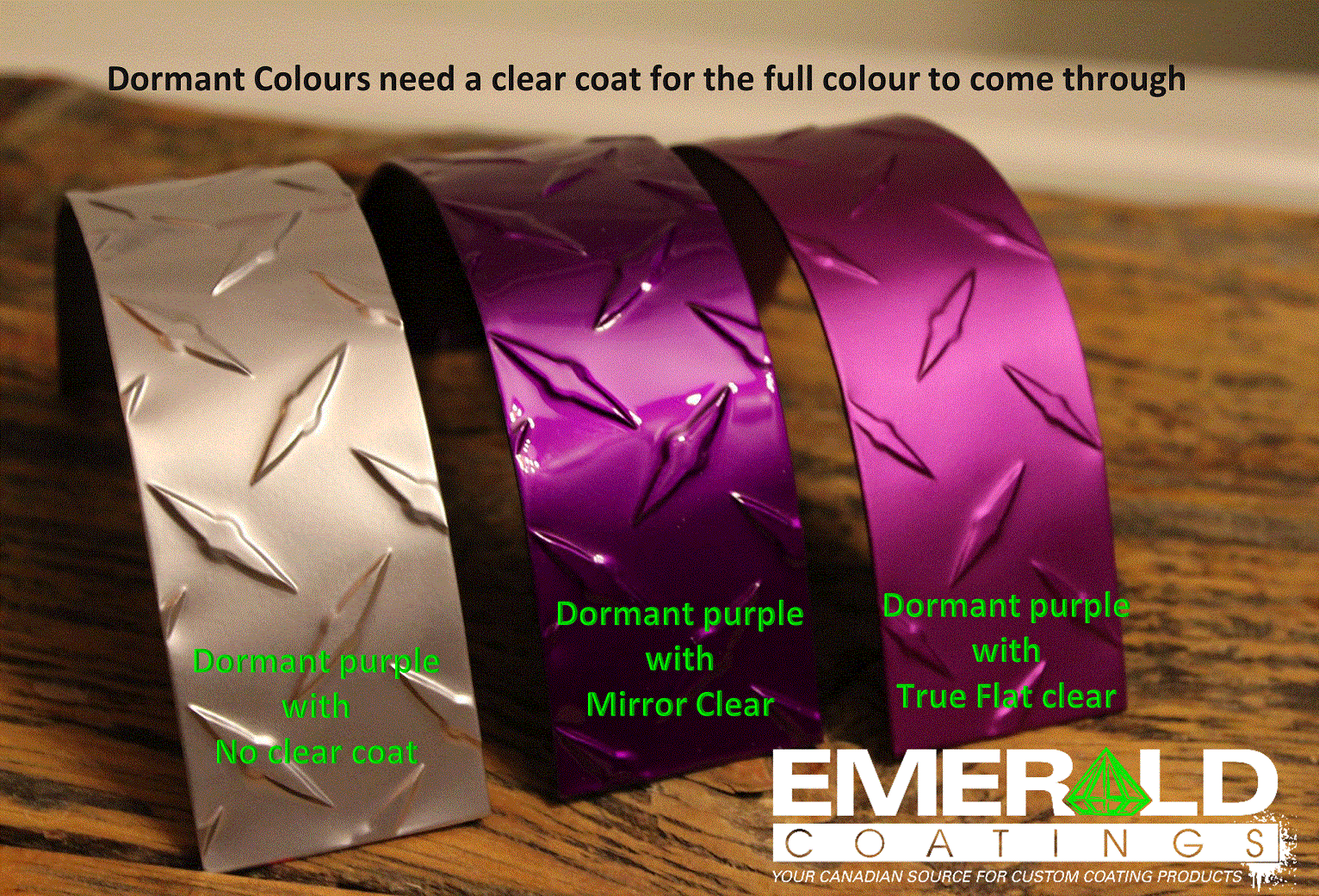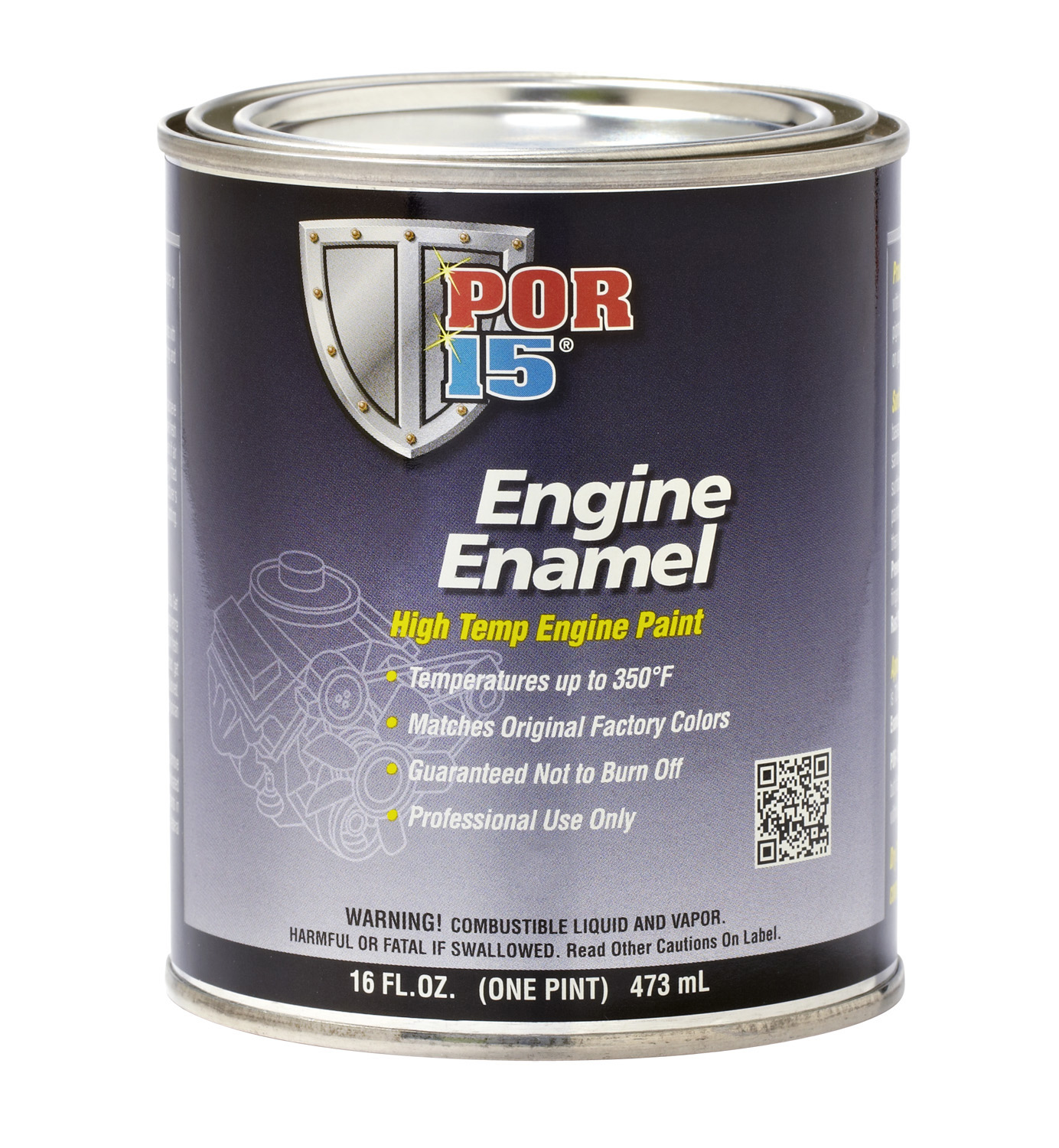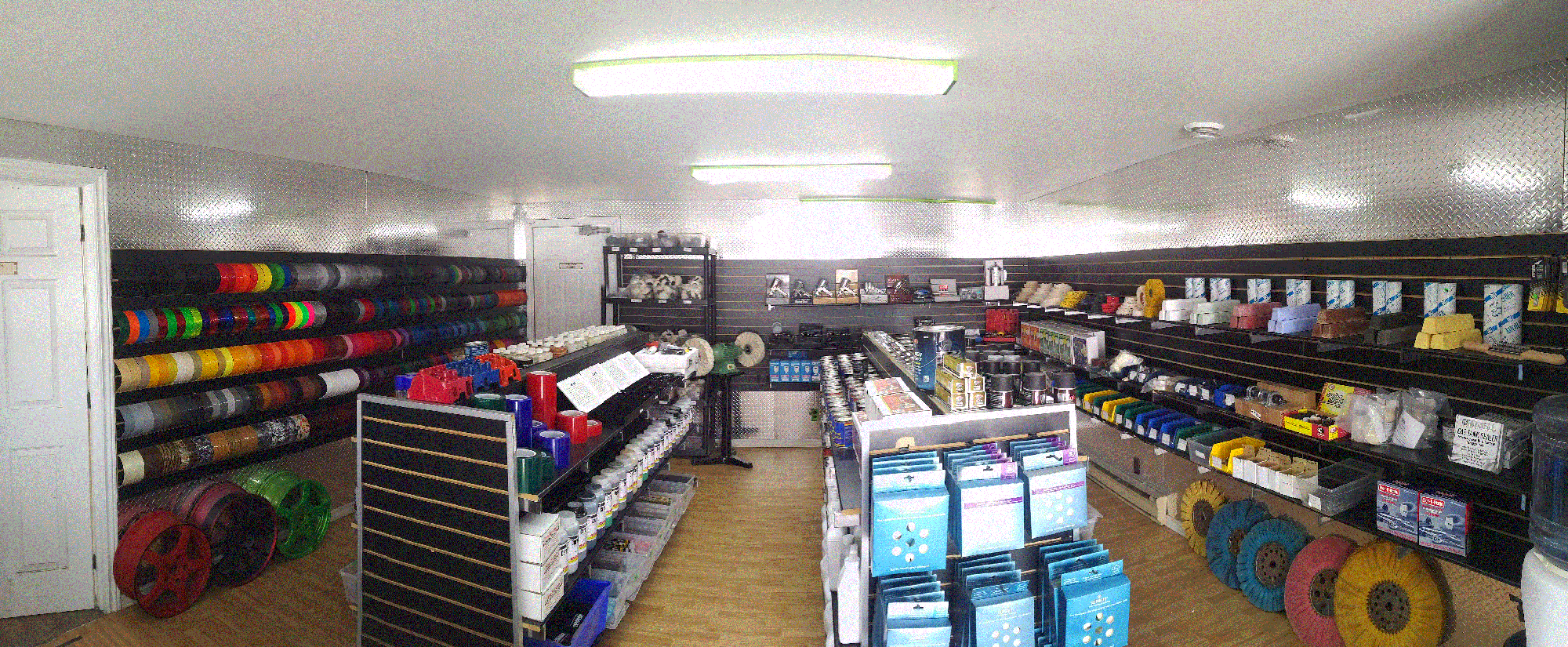Emerald Coatings: Unveiling The Future Of Durable Surfaces
In an era where durability, aesthetics, and sustainability converge, the concept of emerald coatings emerges as a beacon of innovation in material science. Imagine surfaces that not only gleam with a captivating luster reminiscent of the precious gemstone but also boast an unparalleled resilience against the ravages of time, wear, and environmental elements. This isn't merely a futuristic fantasy; it's a rapidly evolving reality, pushing the boundaries of what's possible in protective and decorative finishes across countless industries.
From the delicate screens of our smartphones to the robust components of aerospace engineering, the demand for advanced surface protection has never been higher. Emerald coatings, though perhaps not a singular, universally standardized material, represent a class of cutting-edge surface treatments engineered to deliver properties akin to emeralds: exceptional hardness, vibrant appearance, and remarkable resistance. This article delves deep into the fascinating world of these advanced coatings, exploring their scientific underpinnings, diverse applications, and the transformative impact they promise for our everyday lives and critical industrial sectors.
Table of Contents
- What Exactly Are Emerald Coatings?
- The Core Properties That Define Emerald Coatings
- A Legacy of Protection: From Historical Guards to Modern Coatings
- The Diverse Applications of Emerald Coatings
- The Science Behind the Shine: How Emerald Coatings Are Applied
- Economic and Environmental Impact of Emerald Coatings
- Challenges and Future Prospects in Emerald Coating Technology
- Ensuring Quality and Trust: The E-E-A-T and YMYL Perspective
What Exactly Are Emerald Coatings?
At its heart, the term "emerald coatings" refers to a sophisticated category of surface treatments designed to impart a combination of superior hardness, chemical inertness, and often, an aesthetically pleasing, vibrant green hue or a brilliant, jewel-like luster. Unlike a single chemical compound, this concept encompasses various advanced material science approaches, including specialized ceramic-polymer hybrids, advanced nanocomposites, and tailored thin-film depositions. The goal is to mimic the natural resilience and beauty of emeralds, which are known for their impressive hardness (7.5-8 on the Mohs scale) and captivating color derived from trace amounts of chromium or vanadium.
The underlying science often involves manipulating materials at the atomic or molecular level. For instance, some emerald coatings might leverage nanotechnology, incorporating nanoparticles of extremely hard materials like silicon carbide or aluminum oxide into a polymer matrix. Others might involve advanced deposition techniques such as Physical Vapor Deposition (PVD) or Chemical Vapor Deposition (CVD), where thin layers of highly durable materials are precisely applied to a substrate in a vacuum environment. The precise composition and application method vary widely depending on the desired properties and the intended application, making "emerald coatings" a broad, aspirational term for high-performance surface solutions.
The development of these coatings is driven by the relentless pursuit of materials that can withstand extreme conditions, reduce wear and tear, and extend the lifespan of products. They act as a formidable barrier, a true "guard" against the elements, protecting the underlying material from degradation, abrasion, and corrosion. This protective function is paramount, transforming ordinary surfaces into extraordinary ones.
The Core Properties That Define Emerald Coatings
The allure of emerald coatings lies in their multifaceted benefits, each contributing to their growing prominence in diverse fields. These properties are meticulously engineered to provide maximum performance:
- Exceptional Hardness and Scratch Resistance: This is arguably the most defining characteristic. By employing ultra-hard materials or innovative structural designs at the micro-level, these coatings can significantly resist scratches, abrasions, and impacts, preserving the integrity and appearance of the coated surface. This is critical for everything from industrial tools to consumer electronics.
- Superior Corrosion and Chemical Resistance: Many emerald coatings are designed to be chemically inert, forming an impermeable barrier that protects the substrate from corrosive agents, acids, alkalis, and saline environments. This property is vital in marine, chemical processing, and automotive industries, where exposure to harsh substances is common.
- Aesthetic Appeal and Luster: Beyond their functional benefits, these coatings can also impart a high-gloss finish and, if desired, a specific color, including vibrant greens that evoke the gemstone itself. This makes them highly desirable for decorative applications, luxury goods, and architectural elements.
- Enhanced Durability and Longevity: By mitigating wear and corrosion, emerald coatings drastically extend the operational life of components and products. This reduces the need for frequent replacement, leading to cost savings and a more sustainable consumption model.
- Thermal Stability: Certain formulations of emerald coatings are engineered to withstand high temperatures, maintaining their structural integrity and protective qualities even under extreme thermal stress. This makes them invaluable for applications in aerospace, power generation, and high-performance engines.
- Low Friction Properties: Some variations can also reduce friction between moving parts, leading to improved energy efficiency and reduced wear in mechanical systems. This translates to smoother operation and less maintenance.
A Legacy of Protection: From Historical Guards to Modern Coatings
The very name "emerald coatings" subtly evokes a sense of steadfast protection and enduring value, much like the historical connotations of a dedicated guard. Just as historical units, such as the fabled "Emerald Guard" – known for their early enlistment and commitment to their cause, as referenced in historical accounts from Alabama – were tasked with safeguarding their interests and enduring hardship, modern emerald coatings are engineered to act as a vigilant shield. They stand as a testament to human ingenuity in creating layers of defense, whether for a nation's interests or for the integrity of a material surface.
This conceptual link between a historical "guard" and contemporary "coatings" highlights a timeless human endeavor: the pursuit of robust protection. While the "Emerald Guard" of history faced physical threats and challenges, enduring long campaigns and demonstrating resilience, emerald coatings tackle the microscopic battles of wear, corrosion, and degradation. Both, in their respective domains, embody the principle of a steadfast barrier, designed to preserve and extend the life of what they protect. This enduring quest for superior defense, from the battlefield to the laboratory, underscores the fundamental importance of safeguarding our assets, whether they be human lives or valuable materials.
The Diverse Applications of Emerald Coatings
The versatility of emerald coatings allows them to be deployed across an astonishing array of industries, each benefiting from their unique combination of properties.
Industrial and Manufacturing Sectors
- Aerospace: In the demanding environment of aerospace, components are subjected to extreme temperatures, high speeds, and corrosive atmospheres. Emerald coatings are vital for turbine blades, engine components, and airframe structures, providing thermal barrier protection, wear resistance, and anti-corrosion properties, thereby enhancing safety and extending operational lifespans.
- Automotive: From protecting vehicle paintwork against scratches and UV damage to enhancing the durability of engine parts and brake components, these coatings are revolutionizing the automotive industry. They contribute to lighter, more fuel-efficient vehicles by allowing for the use of lighter base materials protected by robust coatings.
- Marine: Ships, offshore platforms, and underwater equipment face constant exposure to saltwater, biofouling, and harsh weather. Emerald coatings offer superior corrosion resistance, reducing maintenance costs and improving the longevity of marine assets. They can also provide anti-fouling properties, minimizing the accumulation of marine organisms.
- Tooling and Manufacturing: Cutting tools, molds, and industrial machinery components benefit immensely from the extreme hardness and low friction of emerald coatings. This leads to increased tool life, higher production speeds, and improved product quality, significantly impacting manufacturing efficiency and cost-effectiveness.
Consumer Goods and Everyday Life
- Electronics: The screens of smartphones, tablets, and smartwatches are highly susceptible to scratches. Emerald coatings can provide an invisible, ultra-hard layer, significantly enhancing scratch resistance and maintaining the pristine appearance of devices, thus extending their usable life.
- Jewelry and Luxury Items: To protect precious metals and gemstones from daily wear and tear, and to enhance their natural luster, these coatings are increasingly being applied to watches, rings, and other luxury accessories. They offer a combination of aesthetic enhancement and practical durability.
- Home Appliances and Cookware: Non-stick properties, ease of cleaning, and resistance to scratches and stains make emerald coatings ideal for kitchenware, refrigerators, and other household appliances. They contribute to products that look better for longer and are easier to maintain.
- Eyewear: Lenses coated with these advanced materials benefit from enhanced scratch resistance, anti-reflective properties, and improved clarity, leading to more durable and comfortable eyewear.
The Science Behind the Shine: How Emerald Coatings Are Applied
The application of emerald coatings is a precise and often complex process, requiring specialized equipment and controlled environments to achieve optimal performance. The method chosen largely depends on the specific material composition of the coating and the substrate it will be applied to. Some of the common advanced application techniques include:
- Physical Vapor Deposition (PVD): In PVD, the coating material is vaporized in a vacuum chamber and then deposited onto the substrate surface atom by atom or molecule by molecule. Techniques like sputtering or arc evaporation fall under PVD. This method is excellent for creating extremely thin, dense, and hard films with excellent adhesion.
- Chemical Vapor Deposition (CVD): CVD involves a chemical reaction of gaseous precursors on the substrate surface at elevated temperatures, leading to the formation of a solid coating. This technique allows for the deposition of highly uniform and conformal coatings, even on complex geometries.
- Atomic Layer Deposition (ALD): A highly precise variant of CVD, ALD allows for the deposition of films one atomic layer at a time. This offers unparalleled control over film thickness and composition, resulting in extremely dense and uniform coatings, ideal for nanotechnology applications.
- Sol-Gel Method: This wet chemical process involves preparing a colloidal suspension (sol) that is then applied to the surface. Upon drying and heat treatment, the sol transforms into a solid gel, forming the desired coating. Sol-gel is versatile and can be used for various materials, often producing porous or composite coatings.
- Advanced Spray Coating Techniques: While traditional spray coating exists, advanced methods like High-Velocity Oxygen Fuel (HVOF) spraying or plasma spraying are used for applying ceramic or metallic emerald coatings. These techniques involve heating and accelerating coating particles towards the substrate, creating dense and well-bonded layers.
Regardless of the method, proper surface preparation is critical. This typically involves thorough cleaning, degreasing, and sometimes etching or polishing the substrate to ensure maximum adhesion and a flawless finish. The curing process, often involving heat treatment or UV light, then solidifies the coating, locking in its remarkable properties.
Economic and Environmental Impact of Emerald Coatings
The adoption of emerald coatings carries significant positive implications for both the economy and the environment, aligning perfectly with modern sustainability goals.
- Cost-Effectiveness Through Longevity: By dramatically extending the lifespan of products and components, these coatings reduce the frequency of replacement and repair. For industries, this translates into lower operational costs, reduced downtime, and increased productivity. For consumers, it means products that last longer, offering better value for money and reducing the need for premature purchases.
- Reduced Material Consumption: When components last longer, fewer raw materials are needed for manufacturing replacements. This directly contributes to a reduction in resource depletion and the energy associated with extracting and processing new materials.
- Energy Efficiency: In applications where emerald coatings reduce friction (e.g., in mechanical parts), they can lead to significant energy savings. Less friction means less energy wasted as heat, contributing to more efficient machinery and lower energy bills.
- Waste Reduction: Longer-lasting products mean less waste ending up in landfills. This aligns with circular economy principles, promoting a more sustainable approach to consumption and production.
- Safer Alternatives: Many modern emerald coatings are developed with environmental safety in mind, avoiding hazardous chemicals often found in older coating technologies. This leads to safer manufacturing processes and less environmental pollution.
- Enhanced Performance and Innovation: By enabling materials to perform in more extreme conditions or for longer durations, these coatings foster innovation. This can lead to the development of new products and technologies that were previously unfeasible, opening new markets and economic opportunities.
In essence, emerald coatings are not just about protecting surfaces; they are about fostering a more sustainable, efficient, and economically viable future across various sectors.
Challenges and Future Prospects in Emerald Coating Technology
While the potential of emerald coatings is immense, their widespread adoption and further development face several challenges that researchers and industries are actively addressing:
- Cost and Scalability: Advanced coating technologies often involve specialized equipment, expensive raw materials, and complex processes, leading to higher initial costs compared to conventional coatings. Scaling up production for mass markets while maintaining cost-effectiveness is a significant hurdle.
- Adhesion and Durability on Diverse Substrates: Ensuring strong, long-lasting adhesion of these high-performance coatings to a wide variety of substrates (metals, plastics, ceramics, composites) under different environmental conditions remains a research focus. The interface between the coating and the substrate is critical for overall performance.
- Repair and Rework: Once applied, these highly durable coatings can be challenging to repair or remove without damaging the underlying material, especially in intricate components. Developing easier repair methods or self-healing coatings is an active area of research.
- Standardization and Testing: As a relatively new and diverse field, establishing universal standards for performance testing and quality control for various types of emerald coatings is crucial for widespread industry adoption and consumer trust.
Despite these challenges, the future of emerald coatings looks incredibly promising. Research and development are pushing boundaries in several exciting directions:
- Self-Healing Coatings: Scientists are working on coatings that can autonomously repair minor scratches or cracks, significantly extending product life and reducing maintenance needs.
- Smart Coatings: Coatings that can sense changes in their environment (e.g., temperature, pH, stress) and respond accordingly (e.g., changing color, releasing corrosion inhibitors) are on the horizon.
- Bio-Inspired Coatings: Drawing inspiration from nature's robust and efficient designs (e.g., lotus effect for self-cleaning, abalone shell for toughness), new coatings are being developed with enhanced properties.
- Sustainable and Eco-Friendly Formulations: Continued efforts are focused on developing coatings that are non-toxic, derived from renewable resources, and have minimal environmental impact throughout their lifecycle.
As these advancements mature, emerald coatings are poised to become an indispensable part of our material landscape, offering unprecedented levels of protection and performance.
Ensuring Quality and Trust: The E-E-A-T and YMYL Perspective
When it comes to advanced materials like emerald coatings, adherence to the principles of E-E-A-T (Expertise, Experience, Authoritativeness, Trustworthiness) and YMYL (Your Money or Your Life) is not just important; it's absolutely critical. These coatings are not mere aesthetic enhancements; they often play a vital role in the safety, performance, and longevity of products and infrastructure, directly impacting financial investments and, in some cases, human well-being.
- Expertise: The development and application of emerald coatings demand deep scientific and engineering expertise. Manufacturers and researchers must demonstrate profound knowledge in material science, surface chemistry, and application technologies. This expertise ensures that the coatings are formulated correctly, applied precisely, and perform as expected under specified conditions. Look for companies with a strong R&D history, published research, and highly qualified personnel.
- Experience: Practical experience in applying and testing these coatings across various real-world scenarios is invaluable. Theoretical knowledge must be complemented by hands-on experience to understand nuances, troubleshoot issues, and optimize performance. Companies with a proven track record of successful implementations and long-term performance data demonstrate this crucial experience.
- Authoritativeness: An authoritative source in the field of emerald coatings would be recognized by peers, industry bodies, and regulatory agencies. This includes certifications, adherence to industry standards (e.g., ISO, ASTM), and recognition for innovation or quality. Authoritative sources contribute to the overall reliability of information and products in this specialized domain.
- Trustworthiness: Trust is built on transparency, consistent quality, and ethical practices. For emerald coatings, this means clear documentation of material properties, rigorous quality control, and honest communication about performance limitations and environmental impact. Reputable suppliers will provide comprehensive data sheets, safety information, and stand behind their products with warranties and support.
From a YMYL perspective, the implications are clear: a faulty coating on an aerospace component could lead to catastrophic failure, endangering lives. A poorly applied coating on industrial machinery could result in significant financial losses due to downtime and repairs. Therefore, choosing suppliers and information sources that exemplify E-E-A-T principles is paramount. Consumers and industries alike must prioritize verified data, certifications, and a proven track record to ensure the safety, reliability, and long-term value of products enhanced with emerald coatings.
Conclusion
The journey into the world of emerald coatings reveals a fascinating intersection of advanced material science, engineering ingenuity, and a commitment to enhanced durability and aesthetic appeal. These cutting-edge surface treatments, whether through their exceptional hardness, chemical resistance, or visual brilliance, are redefining the capabilities of materials across an ever-expanding range of applications. From safeguarding critical industrial components to preserving the beauty of everyday consumer goods, the protective power of these coatings is undeniable.
As research

SPARKLE GRANNY SMITH DORMANT | Emerald CoatingsEmerald Coatings

CANADIAN POR-15 | Emerald CoatingsEmerald Coatings

About Us | Emerald CoatingsEmerald Coatings